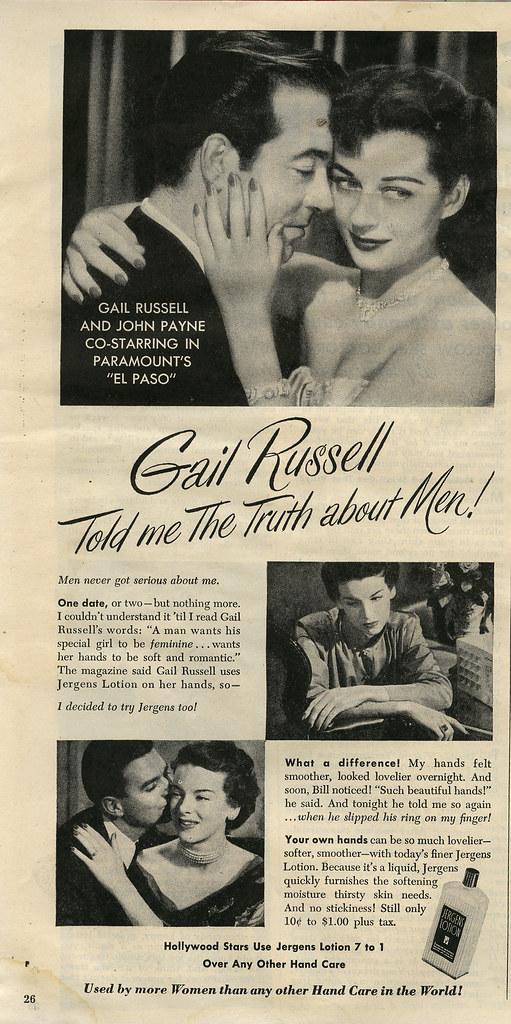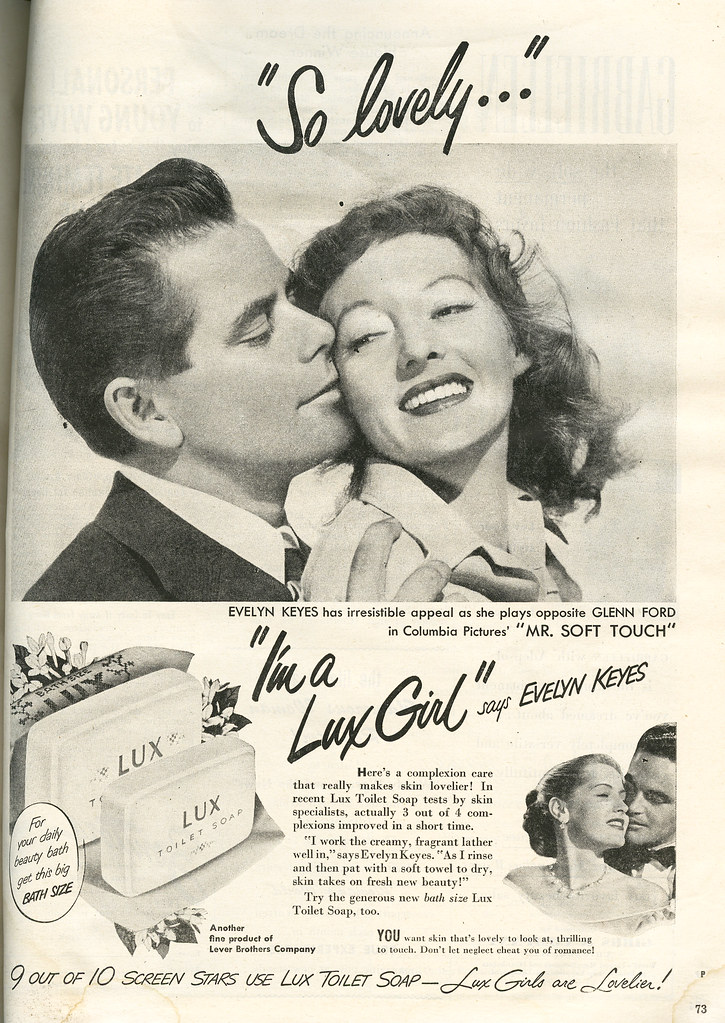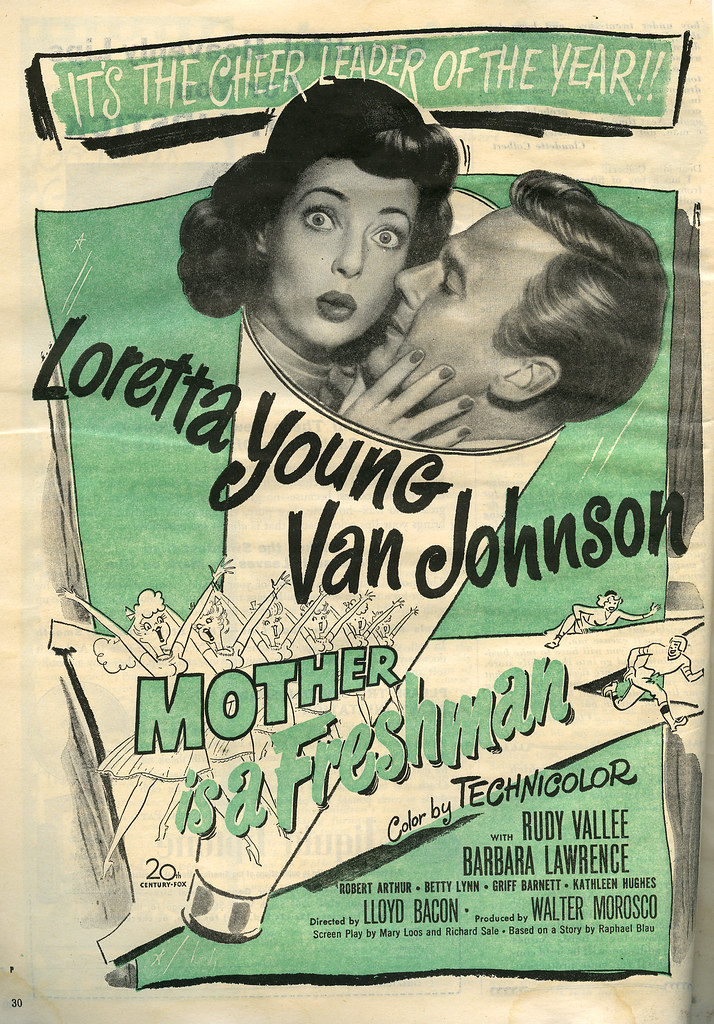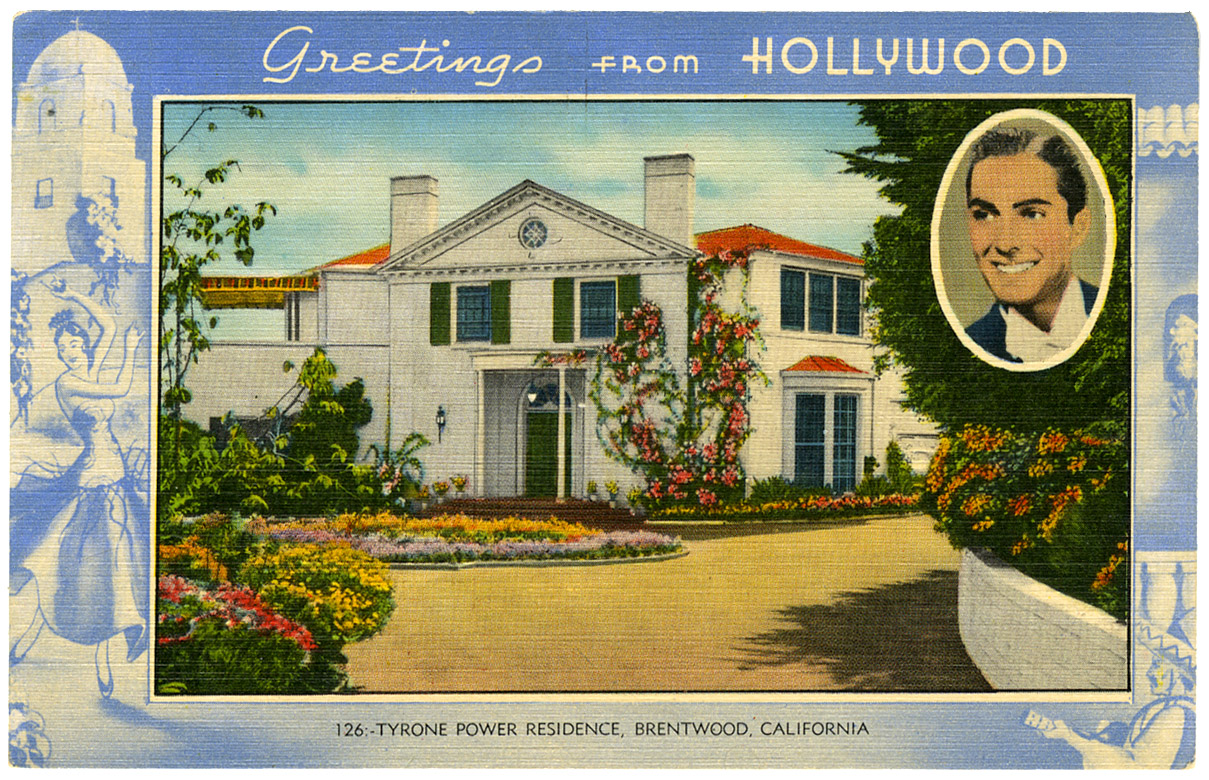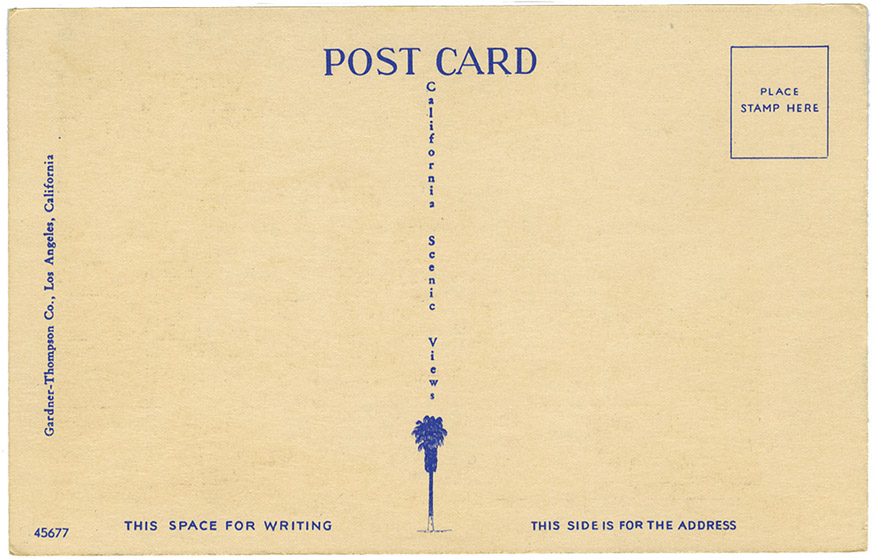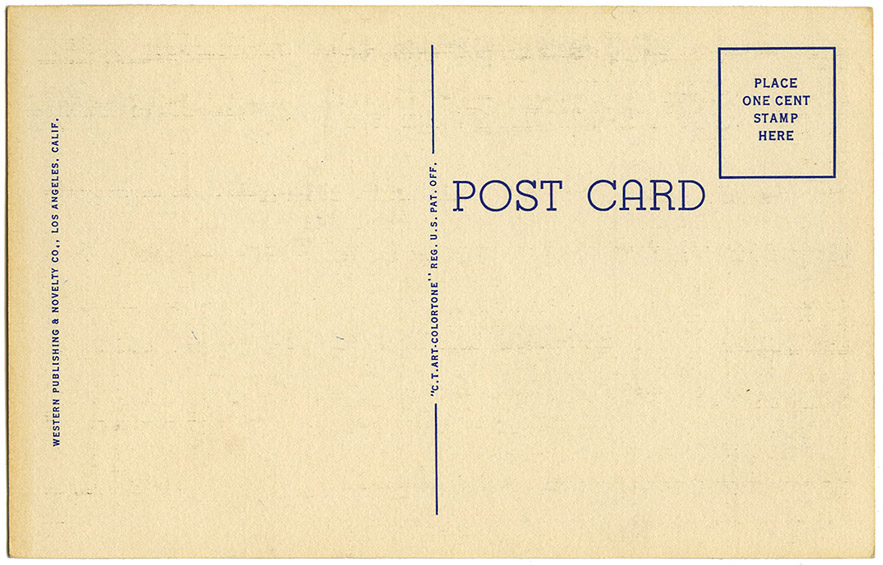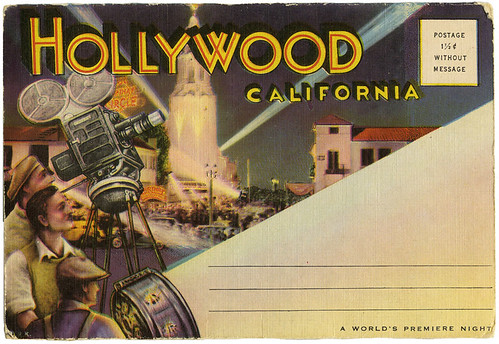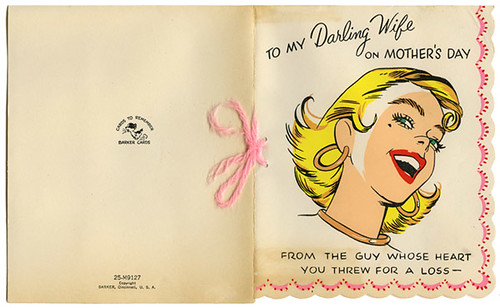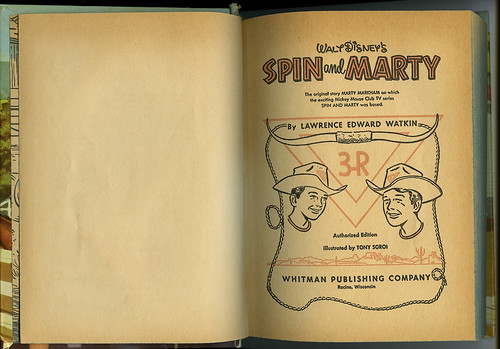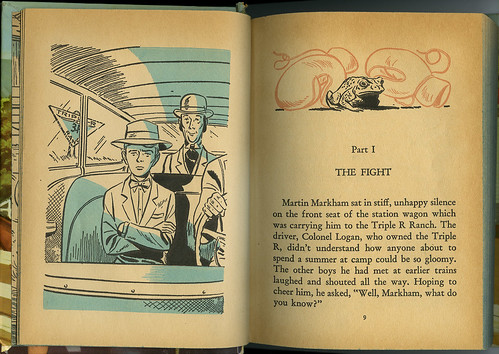"Rapture Pink." There's no messing around with a name like that. If you used all the available "Rapture Pink" products - lipstick, rouge, foundation, face powder - would it be overkill? How pink would you be?
Jane Wyman is the star of this ad and she's hawking the film A Kiss in the Dark which came out in...can you guess? 1949. Of course it did. Once again the ad is from the April 1949 Photoplay.
Jane Wyman (January 5, 1917 – September 10, 2007) was an American singer, dancer, and character actress of film and television. She began her film career in the 1930s, and was a prolific performer for two decades. She received an Academy Award for Best Actress for her performance in Johnny Belinda (1948), and later achieved success during the 1980s for her leading role in the television series Falcon Crest.Wyman was the first wife of Ronald Reagan, marrying him in 1940 and divorcing him in 1948, long before he ran for any public office. To date, she is the only woman to have been an ex-wife of a U.S. president, and Ronald Reagan is the only divorced person to hold the office of President. (SOURCE: Wikipedia)
To read more about Wyman, including the fact that she was buried in a nun's habit, click here to go to Wikipedia. To see her IMDb link click here.
As to the movie being hawked:
A Kiss in the Dark is a 1949 comedy film directed by Delmer Daves. It stars David Niven and Jane Wyman. The plot revolves around a pianist that inherits an apartment house full of loony tenants.
Okay, I'd like to see this one. Read more about it here at IMDb.
Now here's what really interests me about this ad: Westmore Cosmetics.
If you love movies you're bound to have heard of the Westmore family. There were always certain names I looked for in the end credits: Edith Head and the name Westmore.
The Westmore Family is a prominent family in Hollywood make-up. Led by their patriarch, George Westmore, the family has had three generations serve Hollywood as make-up artists in various capacities since George's establishment of Hollywood's first make-up department in 1917.The English wigmaker George Westmore, for whom the Makeup Artist and Hair Stylist Guild's George Westmore Lifetime Achievement Award is named, founded the first (and tiny) film makeup department, at Selig Studio in 1917. He also worked at Triangle but soon was freelancing across the major studios. He understood that cosmetic and hair needs were personal and would make up stars such as Mary Pickford (whom he relieved of having to curl her famous hair daily by making false ringlets) or The Talmadge Sisters in their homes before they left for work in the morning.He fathered three legendary and scandalous generations of movie makeup artists, beginning with his six sons—Perc, Ern, Monte, Wally, Bud, and Frank—who soon eclipsed him in Hollywood. By 1926, Monte, Perc, Ern, and Bud had penetrated the industry to become the chief makeup artists at four major studios, and all continued to break ground in new beauty and horror illusions until the end of their careers. In 1921, after dishwashing at Famous Players-Lasky, Monte became Rudolph Valentino's sole makeup artist. (The actor had been doing his own.) When Valentino died in 1926, Monte went to Selznick International where, thirteen years later, he worked himself to death with the enormous makeup demands for Gone With the Wind (1939).In 1923 Perc established a blazing career at First National-Warner Bros. and, over twenty-seven years, initiated beauty trends and disguises including, in 1939, the faces of Charles Laughton's grotesque Hunchback of Notre Dame (for RKO) and Bette Davis's eyebrowless, almost bald, whitefaced look in The Private Lives of Elizabeth and Essex. In the early 1920s he blended Stein Pink greasepaint with eye shadow, preceding Factor's Panchromatic. Ern, at RKO from 1929 to 1931 and then at Fox from 1935, was adept at finding the right look for stars of the 1930s. Wally headed Paramount makeup from 1926, where he created, among others, Frederic March's gruesome transformation in Dr. Jekyl and Mr. Hyde (1931). Frank followed him there. Bud led Universal's makeup department for twenty-three years, specializing in rubber prosthetics and body suits such as the one used in Creature from the Black Lagoon (1954).Together they built the House of Westmore salon, which served stars and public alike. Later generations have continued the name, including brothers Michael and Marvin who have excelled in special effects makeup, such as in Blade Runner (1982), Mask (1985) and Raging Bull (1980). (SOURCE: Wikipedia)
And here's an interesting piece from a book called The Munsters: A Trip Down Mockingbird Lane by Stephen Cox, Yvonne DeCarlo, Butch Patrick:
The Westmores of Hollywood: The Westmores were comprised of six brothers: Monte, Perc, Bud,Wally, Em, and Frank. Their fiather,George Westmores, began as a wigmaker In Europe. OrIginally from England, the Westmore family immigrated o the United States in 1909 and settled in the Los Angeles area in 1916, where George became a makeup artist on silent films at MGM. He died in 1931, and the sons carried on the craft, dominating the profession for more than half a century.Son Perce Westmore started young, learnng to be a wigmaker while going to school. He helped his father in the various wig shops and salons he operated. By age fourteen, Perc (pronounced "purse," short for Percival) was a skilled wigmaker and employed by the Paris Hair Company and Hepner's. Later, at Maison Cesare, Perc experimented in the fields of cosmetology and makeup. He painstakingly developed his talents and hones natural ability. In 1923, Perc conceived the first makeup department of the First National Studios, which later consolidated with Warner Bros. For the next thirty years, Perc was under personal contract to Jack warner, working with First National and serving as head of the makeup department at Warners. he became a respected name in the business, just like his brothers.Perc Westmore entered into an agreement with the Max Factor Company in 19029 (with consent from Warner Bros.) whereby he served for six years as an advisor. Many revolutionary improvements in the cosmetic and wig fields were the result of his eyars there. The hair-lace feature of wig making was created by Perc, for instance. One of his most impressive contributions was the founding of the Hollywood Art School of Makeup.Perc's abilities to draw, sketch, and paint, combined with his knowledge of sculpting, served him well in creating character makeup and hairstyles. Like most of the Westmores, Perc had his fans, like Bette Davis, who loved his artistry and how he made her look on film. Perc became an authority on feminine beauty techniques, and proved he could apply his knowledge to other businesses. Working in conjunction with his brothers, he founded both the House of Westmore, a beauty salon that operated from the mid-thirties to 1965, and a House of Westmore cosmetics company. At age sixty, Perc was urged out of retirement by his brother, bud, and assigned to do makeup on The Munsters, specifically Al Lewis."There are makeup people who didn't work if they wronged Perc, says his nephe, Mike. "Perc was a powerful guy in the business. Very creative and nice, but you didn't cross him. He was a tidy guy. I remember he used to wear these white suits and never got anything on them."Perc, like his brother Ern, was a drinker, and it became a hindrance in his life and undoubtedly at work. Perc was eventually relieved of his duties with Warner Bros. He had worked on many films in his career, most notably A Midsummer Night's Dream (1935), The Private Lives of Elizabeth and Essex (1939), Casablanca (1943), and Mildred Pierce (1945). The Munsters kept Perc busy during a fragile period in his life, and he put in some fine artistry on the show. Perc's final work was on the 1970 Kirk Douglas film There Was a Crooked Man. He died on September 30, 1970."Perc and I got to know each other later in life," says Karl Silvera, who worked with or knew four of the Westmore brothers. "When Perc was fired from Warner Brothers, he lost his confidence. He kept getting lower because nobody would hire him. One of those things. He even tried to commit suicide a couple of times. Bud put him the studio and I was on good terms with Bud at the time. Bud asked if I would mind if Perc would 'work her with you' and I told him, 'Hell, no, I don't mind.' In the beginning, I was doing Grandpa's makeup as well.""I loved Perc," Silvera says. "He was one of the finest people I ever knew, and probably one of the most talented. I wish I had known him earlier because he was, without a doubt, one of the most creative people I'd ever seen. We had great times together.""Perc's equally talented brother all carve out niches in the industry as well. Monte, who worked in the filed for just a few years, contributed to makeup on Gone With the Wind. Monte died early on, in 1940. Ernest "Ern" Westmore, a longtime film makeup man, died in 1968. Wally Westmore served as Director of Makeup for Paramount Studio for many years. His first films, Dr. Jekyll and Mr. Hyde (1932) and Island of Lost Souls (1933), featured some innovative makeup and film techniques. Wally built a strong reputation in Hollywood and worked on more than 300 motion pictures. He died in 1973. Brother Bud (real name: Hamilton) was affiliated with 20th Century-Fox and then Universal, eventually becoming the latter studio's makeup supervisor. Bud's impressive credits include Abbott and Costello Meet Frankenstein (1948), Creature from the Black Lagoon (1954), Jimmy Cagney's Man of a Thousand Faces (1957), and Spartacus (1960). Just days following Wally's death, Bud died too, with 1973's Soylent Green proving his final film work. Frank began in the forties, and eventually contributed to a long line of films including epics like The Ten Commandments (1956). Frank, the quiet one, who had worked in films and with the art school early on put the story of the family down on paper in his 1976 book The Westmores of Hollywood. The last surviving member of the Westmore brothers, Frank, died in 1985."If they had stuck together, they would be as big as any cosmetic company today," Karl Silvera surmises. "They just couldn't pull together, and they competed against each other. At times, they'd stick together; then they'd go back to fighting." Despite the rivalry and bitter betrayals between the famous brothers over the years, the Westores collectively launched a traditions of excellence that anchored the beginnings of Hollywood filmmaking.
Until I saw this ad I'd never heard of Westmore cosmetics. From what I've gathered it was an inexpensive makeup sold at places like Woolworth and Kresge. I don't know if it's still available, but the Westmore Academy still exists.
To see more ads click here and here. And here's another Jane Wyman ad, this time hawking Stage Fright from 1950.
Here's one last column from the November 26, 1945 Time magazine:
When he was in the U.S. last summer, British Cinemagnate Joseph Arthur Rank remarked: "I want to teach English women to look as well as American women." Last week he was busy on a deal to give the job to Hollywood's famed House of Westmore. Under the terms, Rank would make and distribute Westmore cosmetics in Britain. In return, the Westmores would do their best to make Britain's movie queens look just like Hollywood.No one was better qualified to apply the glamor than the Westmore brothers, Perc (rhymes with nurse), 41, Wally, 39, Bud, 27, and Frank, 22 (now in the Coast Guard). Between them they have personally made up 90% of Hollywood's stars, trained nearly 75% of Hollywood's make-up artists.The Westmores came by their skill honestly. Their father was a London wigmaker and hairdresser. He was also an iron disciplinarian: he once chained Perc to his wigmaker's bench. In 1909 he packed up his family and set sail for Montreal. There he got a job in a beauty shop. The pay was low, so at night he added to it by glamorizing Montreal's ladies of the evening.Slip of the Razor. Eventually, the Westmores landed in Hollywood. There, in 1920, Perc broke into the movies by rescuing Film Star Adolph Menjou from the effects of a hasty razor stroke. Menjou had inadvertently shaved off half his mustache just before he was to appear in The Three Musketeers. Young Perc, a beauty-shop apprentice, fixed up the mishap so expertly that he and his father were hired on the spot.By 1924 Perc, both leader and goad of the brothers, was make-up man for First National (later Warner Bros.), where he has stayed ever since. There he has quietly revolutionized makeup. First he invented the panchromatic base, a tan cream which would evenly reflect all lights, thus keep faces or lips from fading out. Then came the "hair lace wig," which added years of professional life to balding oldsters like Bing Crosby, Charles Boyer, Jack Benny and Fred Astaire, and molded rubber faces for Frankenstein's monster & Mr. Hyde. He also devised a foolproof method for other make-up men to use. He catalogued all women's faces in five basic types, i.e., Claudette Colbert has a "diamond" face, Ann Sheridan a "square" face, etc. The same technique is applied in making up all faces of the same type. For these things, Perc became the highest-paid make-up artist in the world, getting $50,000 a year from Warner Bros. (At Paramount, Wally gets $35,000.)Slip of the Hand. But when Perc and his brothers branched out into the beauty business in 1933, in a pink-brocaded, chromium and black-glass salon on Sunset Boulevard, their, hand slipped. None had any business sense. The House of Westmore almost folded before they hired a businessman, S. Willard Isaacs, former owner of a local beauty-shop chain, to run it. He still runs the House of Westmore. Last year it grossed $2,225,000 from the sale of Westmore products, $300,000 more from the salon, paid the brothers both salaries and handsome dividends.Through their pending deal with Rank, the Westmores hope to take a long step toward becoming the world's biggest sellers of cosmetics. But even the present size of the business leaves Perc a little dumbfounded. Said he: "This is all pretty silly. We're really just a bunch of lucky barbers."
Next time you're watching an older film, or even tv show, watch for the name Westmore. Believe me, you've seen it more times than you can count.

